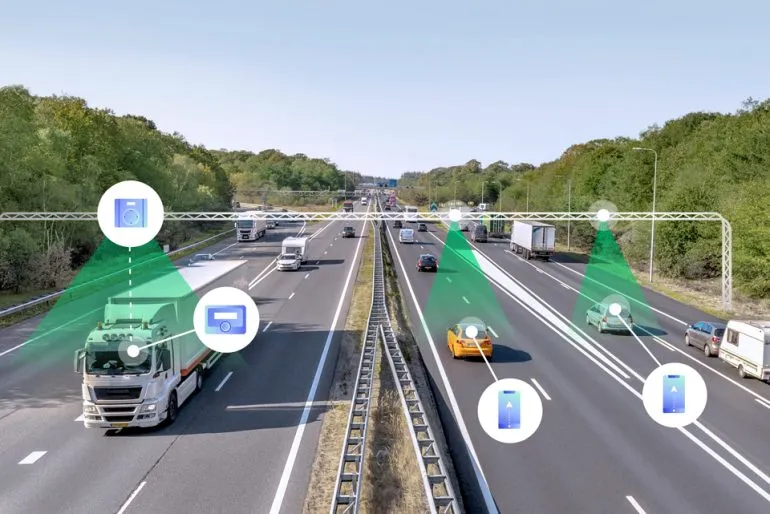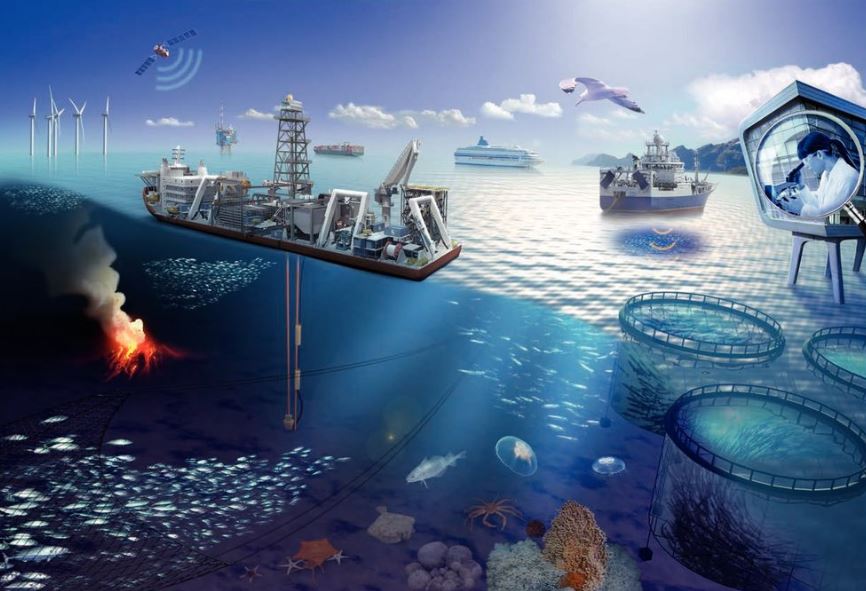Font size:
Print
Blue Category’ for Essential Environmental Services
Context: The Central Pollution Control Board (CPCB) has rolled out a revised classification of industries, introducing a new “Blue Category” specifically for industries engaged in essential environmental services.
More on News
- This move is aimed at recognising and incentivising utilities involved in waste management and environmental protection, even if they typically exhibit a high Pollution Index (PI).
New Category for Essential Environmental Services
- In letters sent to state pollution control boards (SPCBs) in February and again on March 25, CPCB directed the adoption of the revised industrial classification, which includes a new category termed the Blue Category sector.
- This category encompasses industries providing Essential Environmental Services (EES)—such as landfill operators, biomining agencies, waste-to-energy plants, and select compressed biogas (CBG) plants.
Scope of the Blue Category
- According to CPCB, this category will include any facility that helps manage environmental concerns stemming from household and domestic waste, which would otherwise contribute significantly to littering.
- While waste-to-energy plants typically score high on the Pollution Index (PI of 97.6, applicable for the Red Category), they have been reclassified into the Blue Category—likely due to the crucial services they offer in urban waste management.
- Select CBG plants using municipal solid waste, agro-residue, energy crops, grasses, or weeds as feedstock are also considered under the Blue Category.
- However, CBG plants processing industrial or process waste will remain in the Red Category due to their greater pollution potential.
Pollution Index-Based Classification Remains
- The revised industrial categorisation continues to be based on the Pollution Index, as follows:
- Red Category: PI > 80
- Orange Category: 55 ≤ PI < 80
- Green Category: 25 ≤ PI < 55
- White Category: PI < 25 (non-polluting)
- Blue Category: Essential environmental services, regardless of PI
- Despite the high pollution potential of some Blue Category industries, CPCB emphasises that they must still comply with all prescribed environmental norms and regulations.
- The Pollution Index for these industries will continue to be calculated as per the standard methodology.
Incentives for Environmental Compliance
- Industries under the Blue Category that demonstrate effective implementation of environmental management measures—validated by a designated committee—will be eligible for incentives.
- These primarily include extended validity of permits, particularly the Consent to Operate.
- The validity for Red Category industries remains at five years, while Blue Category industries will receive a two-year extension beyond their applicable PI-based term, as a form of regulatory encouragement.
Policy Shifts in Environmental Approvals
- This development aligns with recent policy reforms.
- Last year, the Union government revised environmental approval processes to remove dual compliance.
- Industries that have received Environmental Clearance (EC) are no longer required to obtain separate Consent to Establish (CTE).
- Additionally, industries classified under the White Category, being non-polluting, are exempt from obtaining both CTE and CTO from state boards.
Outstanding Questions Remain
- Despite the policy update, CPCB has not responded to queries regarding the impact of the new classification on pollution regulation, the rationale for placing high-PI waste-to-energy plants in the Blue Category, or details of any industries moved out of the Red Category.
- Nonetheless, the introduction of the Blue Category appears to mark a more pragmatic approach to environmental governance—acknowledging the indispensable role of certain high-impact industries while promoting compliance through regulatory incentives.


